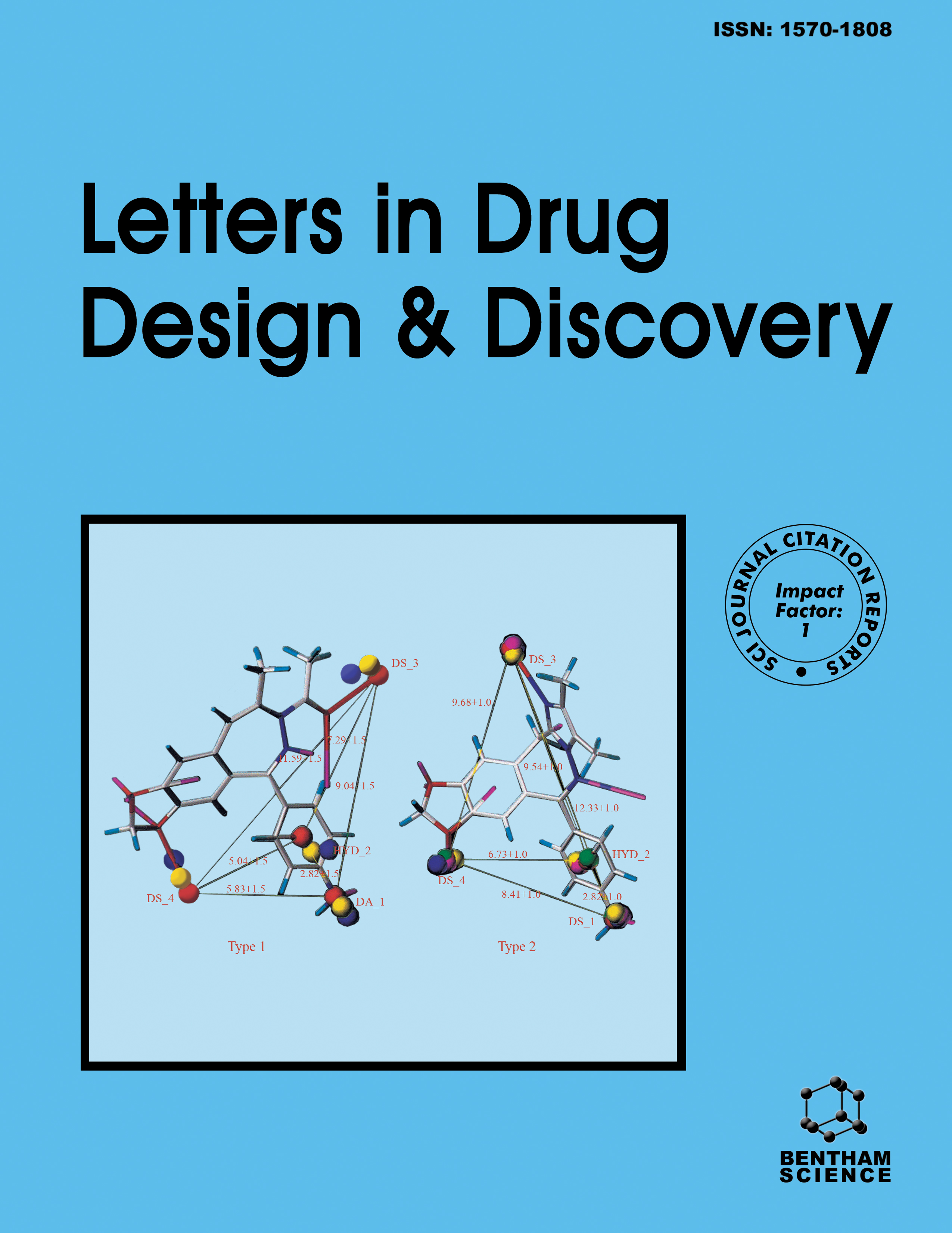
Full text loading...
We use cookies to track usage and preferences.I Understand
This study aimed to investigate the protective effects of phytosomal curcumin and/or shilajit in reducing post-surgical tendon adhesion band formation in a rat model.
Tendon adhesion is one of the severe complications after tendon surgery which causes limited tendon movement and functional disability.
According to the central role of inflammatory reactions in fibrosis and the formation of tendon adhesions, we investigated the therapeutic effects of phytosomal curcumin and shilajit either alone or in combination on reducing post-surgical tendon adhesion band formation in a rat model.
We randomly divided 36 Wistar male rats into six equal groups. (A) Control group with no surgical incision and no intervention. (B) Sham group with surgical incision, but no adhesion, (C) Positive control group with total surgical transection and adhesion receiving normal saline daily, (D-F) Treatment groups which are the same as group C except that rats were treated with the following drugs. Phytosomal curcumin alone (250 µL/day; orally), shilajit alone (500 mg/kg/day; orally) and a combination of phytosomal curcumin + shilajit. In groups with surgical intervention, the rats' Achilles tendons were cut and repaired with a modified Kessler technique. At 3 weeks, all rats were euthanized. Histological and pathological scoring systems were used to evaluate the protective effects of phytosomal curcumin and/or shilajit in reducing adhesion bands at the site of tendon injuries.
Our results revealed that the administration of phytosomal curcumin and/or shilajit remarkably reduced length, density, grading, severity, and thickness of post-surgical adhesion bands. Compared to the untreated control group, the histological changes and inflammatory reactions were significantly attenuated in treated rats. Furthermore, treatment with phytosomal curcumin and/or shilajit inhibited fibrotic responses by alleviating collagen deposition, fibrosis quantity, fibrosis grading, and total fibrosis scores, as visualized by Masson’s trichrome staining.
Our findings indicated the anti-inflammatory and anti-fibrotic properties of phytosomal curcumin and/or shilajit supporting their therapeutic potential in preventing post-operative tendon adhesion bands.

Article metrics loading...

Full text loading...
References


Data & Media loading...

